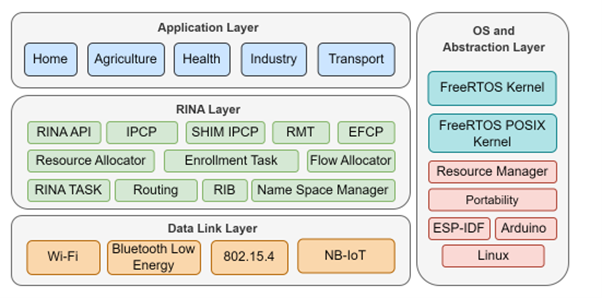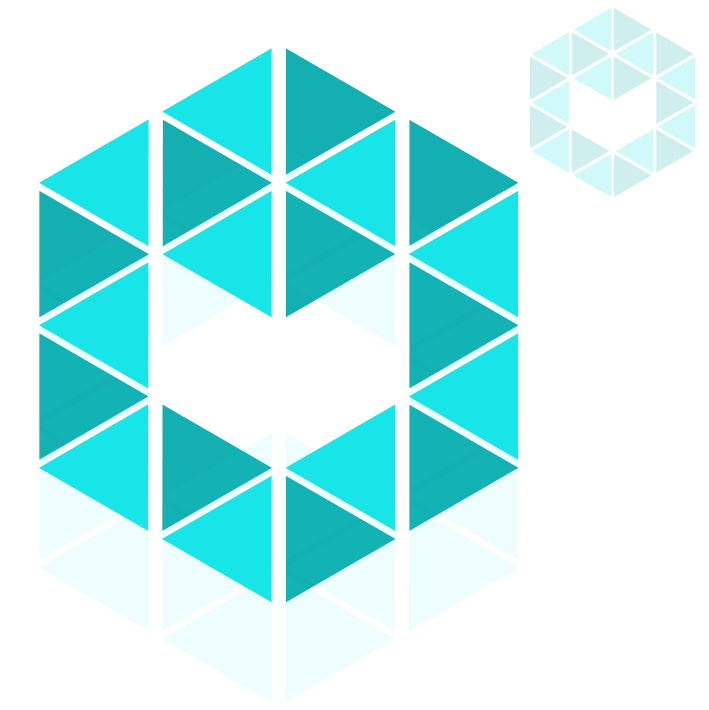The vision of TERMINET is to provide a novel next-generation reference architecture based on cutting-edge technologies such as SDN, multiple-access edge computing, and virtualization for next-generation IoT while introducing new, intelligent IoT devices for low-latency, market-oriented use cases. i2CAT focuses on developing, integrating, and deploying a RINA-based IoT solution to support the requirements of intelligent IoT devices and to provide low latency.
One of the main contributions of i2CAT to achieve the TERMINET objectives is the design and development of a RINA architecture for embedded devices to enable RINA networks in IoT environments. Implementing RINA modules for IoT devices is not trivial. The inherent IoT heterogeneity introduces a high complication to designing and implementing RINA modules. IoT has many technological IoT platforms, protocols, and wireless communication technologies. So, a deep analysis was required to understand the possible limitations of RINA in resource-constrained devices.
The RINAsense architecture is proposed to implement RINA in resource-constrained devices. The RINAsense architecture is organized in layers.

- Data Link Layer: oversees moving data into and out of a wireless link in a network. It comprises wireless technologies used in IoT environments. It provides services to the above DIFs to move data between sensors or through a RINA-based IoT gateway to edge nodes or the cloud.
- RINA Layer: provides all RINA components to implement a system with RINA networking capabilities. This layer provides functionalities for transmitting data, controlling the data transmission, and managing the RINA network.
- Application Layer: delivers applications or services to sense the environment(sensors) and make some response (actuators).
- OS and Abstraction Layer: provides a runtime environment to control the previous layers’ functionalities. These tasks share a single processing core using the Free Real Time Operating System (FreeRTOS). This layer relies on FreeRTOS because of its extension portability over several microcontroller platforms. In addition, this layer provides a portability sublayer to allow writing cross-platform software to control devices based on the IoT development framework for ESP-IDF, Arduino, or Linux.
A instance of the RINAsense architecture is available as open source in i2CAT GitHub repository
